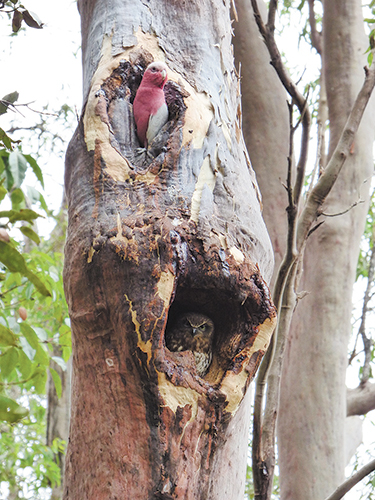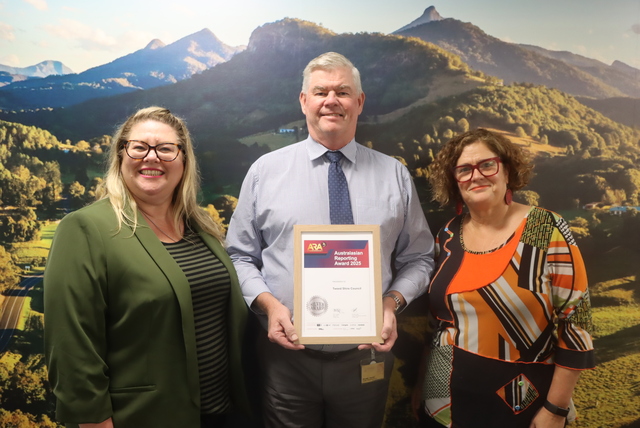Redland City Council, Queensland, has adopted a new Wildlife Connections Plan 2018-2028 providing priority actions for the management, protection and enhancement of a network of core wildlife corridors across the city.
Redland City Mayor, Karen Williams said it not only meets rigorous standards in terms of scientific analysis but has been peer reviewed to confirm the Plan’s scientific soundness and strategic planning value.
“The plan aims to geographically identify and provide priority actions for the management, protection and enhancement of a network of core wildlife habitat patches and connecting wildlife corridors in Redland City.”
This non-statutory plan defines five categories of wildlife corridors: established; riparian regional; coastal foreshore; enhancement; and stepping stone.
Networks and corridors of wildlife habitat may consist of a combination of environmental (bushland habitat) areas, street tree plantings, recreational parks and reserves, residential backyards, non-urban private lands, foreshore areas, waterways and riparian areas.
“Redlands contains a diverse array of wildlife habitats, and all accommodate wide-ranging populations of native plants and animals that are part and parcel of what people love about living in Redlands, and we need to preserve and manage it.
“It’s so important to improve and protect corridor habitat, prevent wildlife deaths and reduce impacts on the corridors themselves when we’re faced with a changing landscape.”
External expert ecological consultants used the spatial modelling tool ‘CircuitScape’ to generate a heat map of key wildlife corridor values that occur between core vegetation areas throughout Redland City. This formed the basis to geographically identify, a well-defined wildlife habitat network of core habitat patches and corridor connections in Redland City.
Road and rail transport networks, clearing of native vegetation for agriculture and industrial and urban development are major threats to flora and fauna populations and cause habitat fragmentation. This results in smaller disconnected patches of habitat and reduces safe movement of wildlife across the landscape and threatens the viability of healthy and native plant and animal populations.








